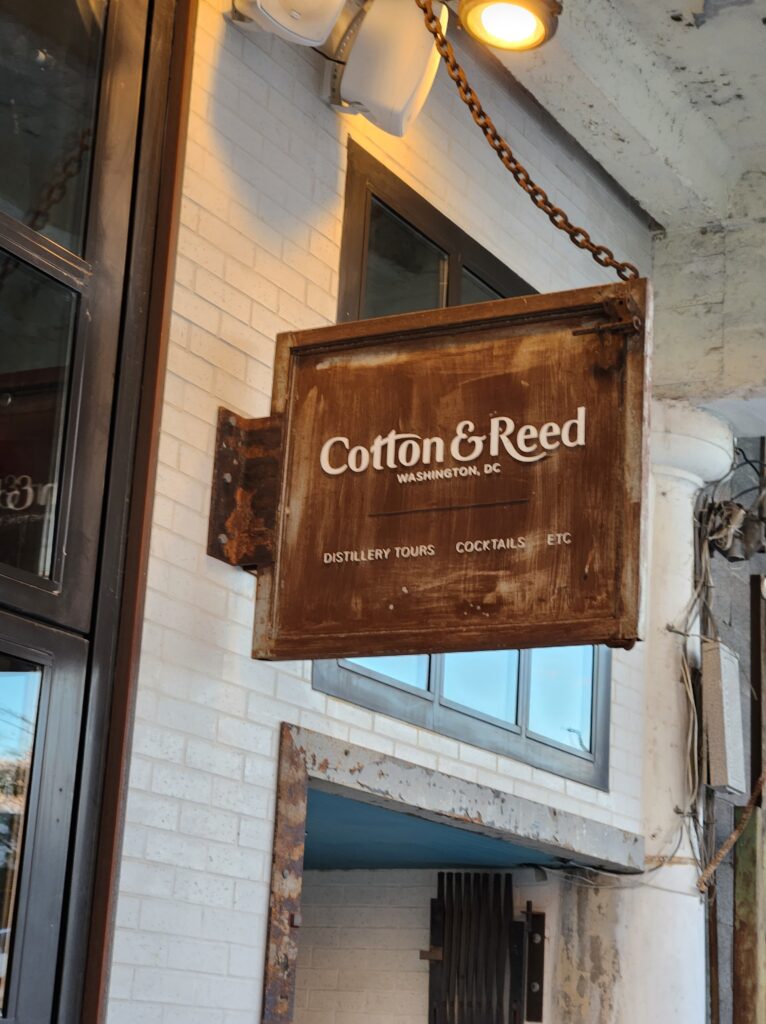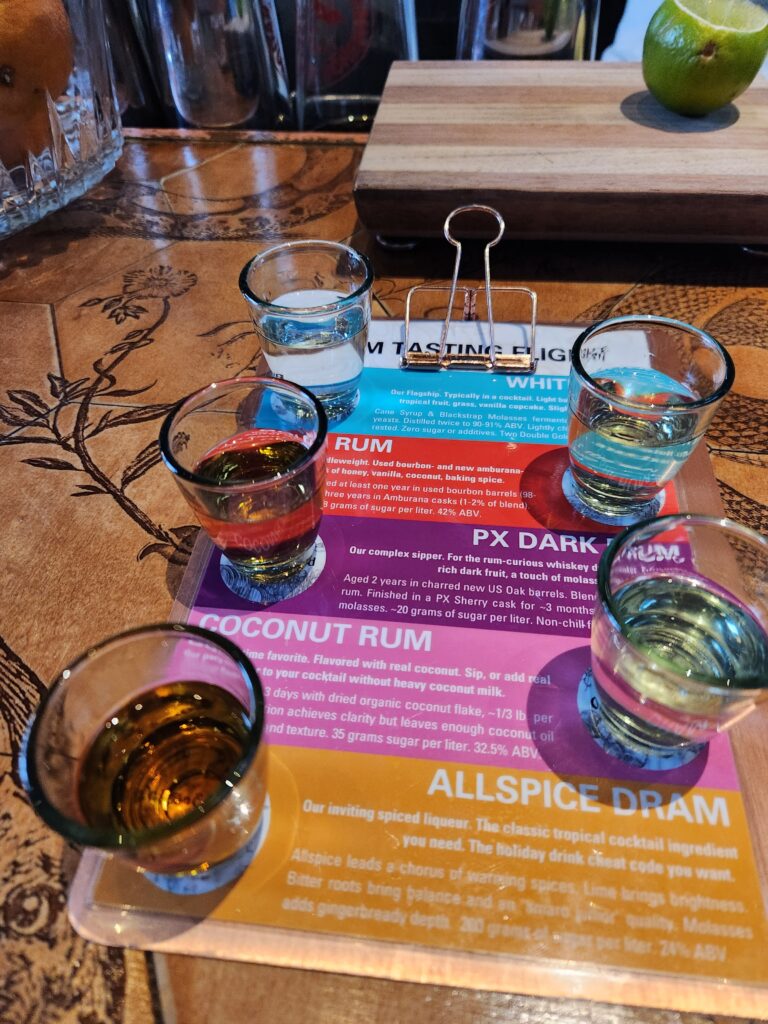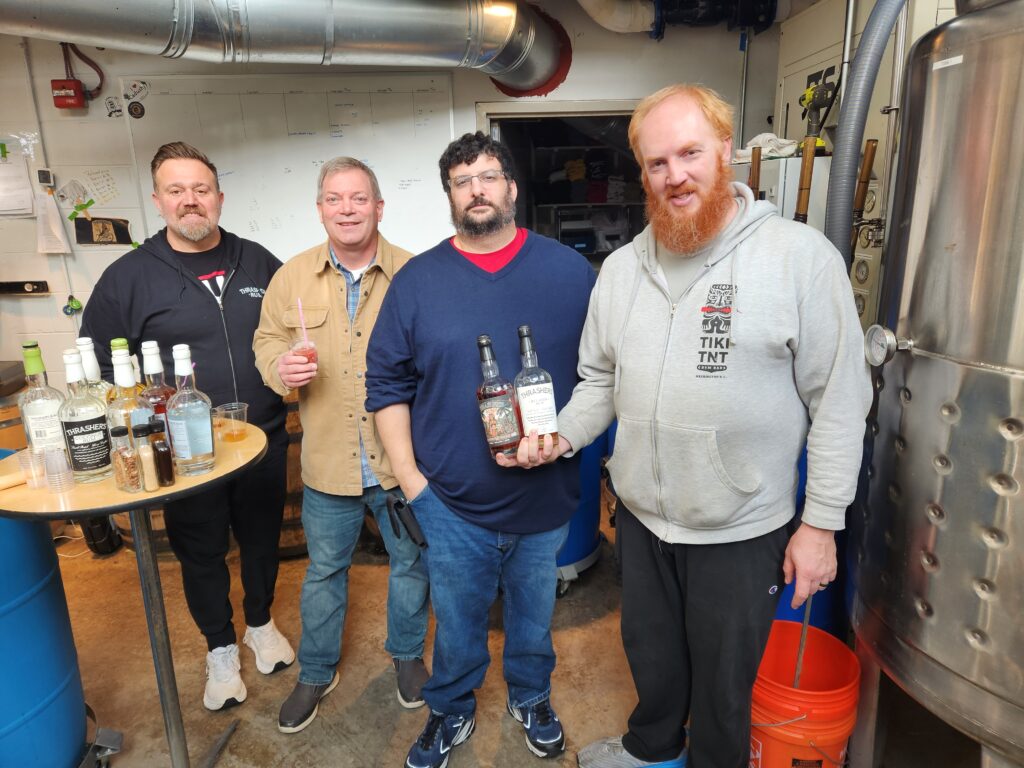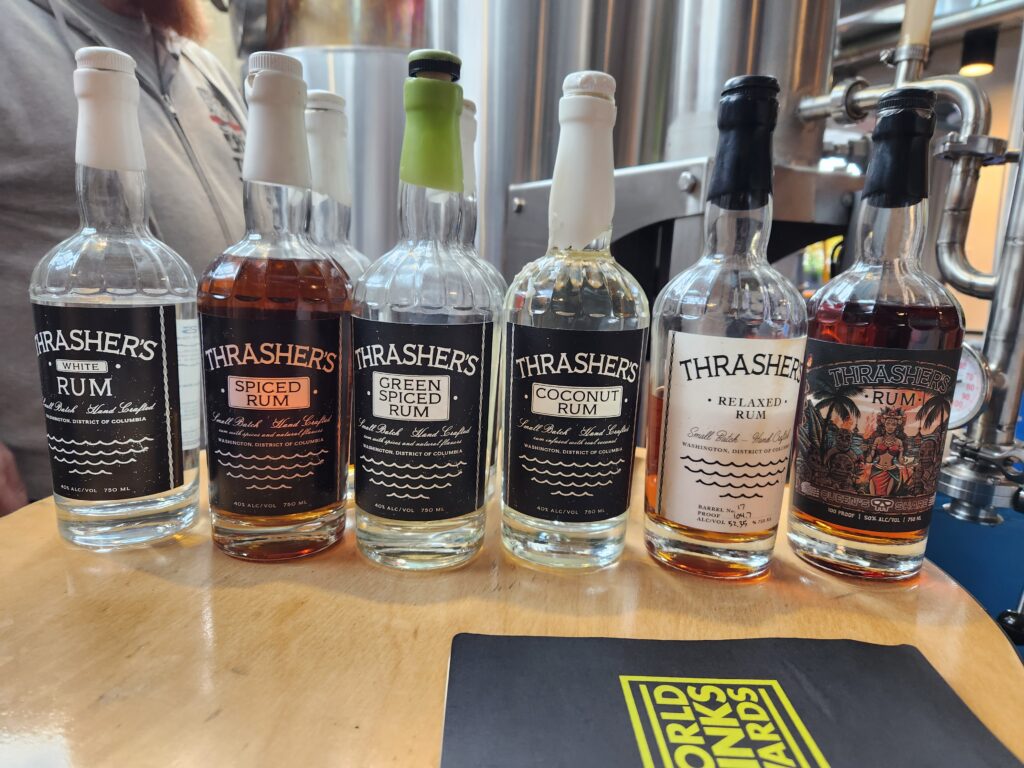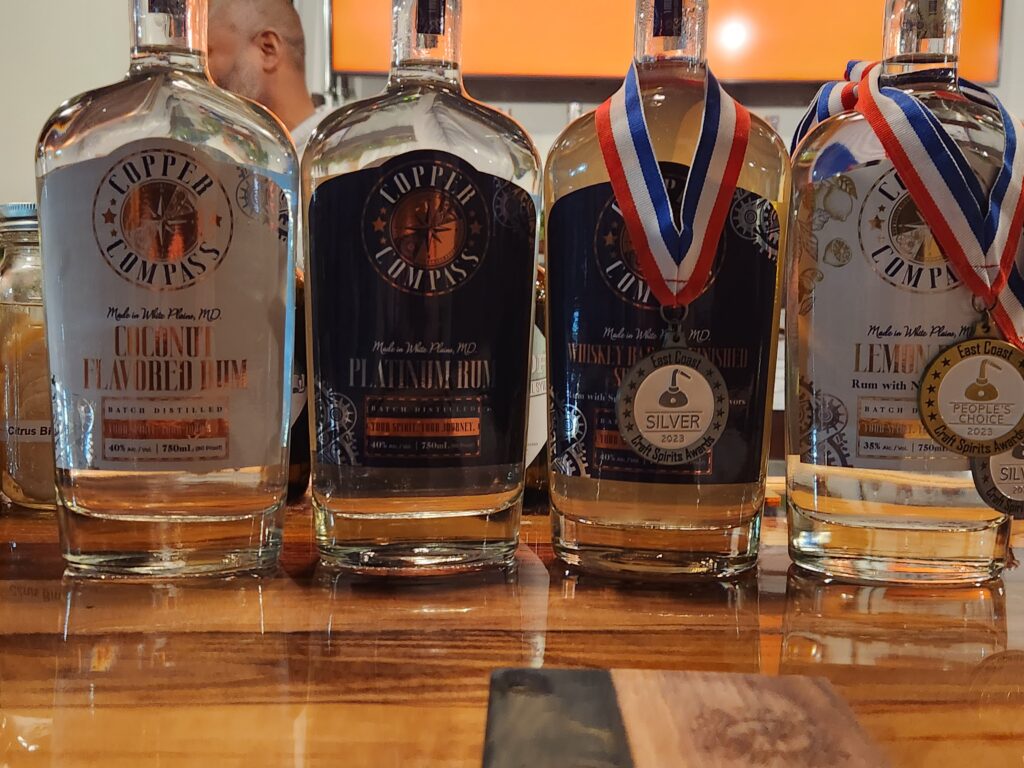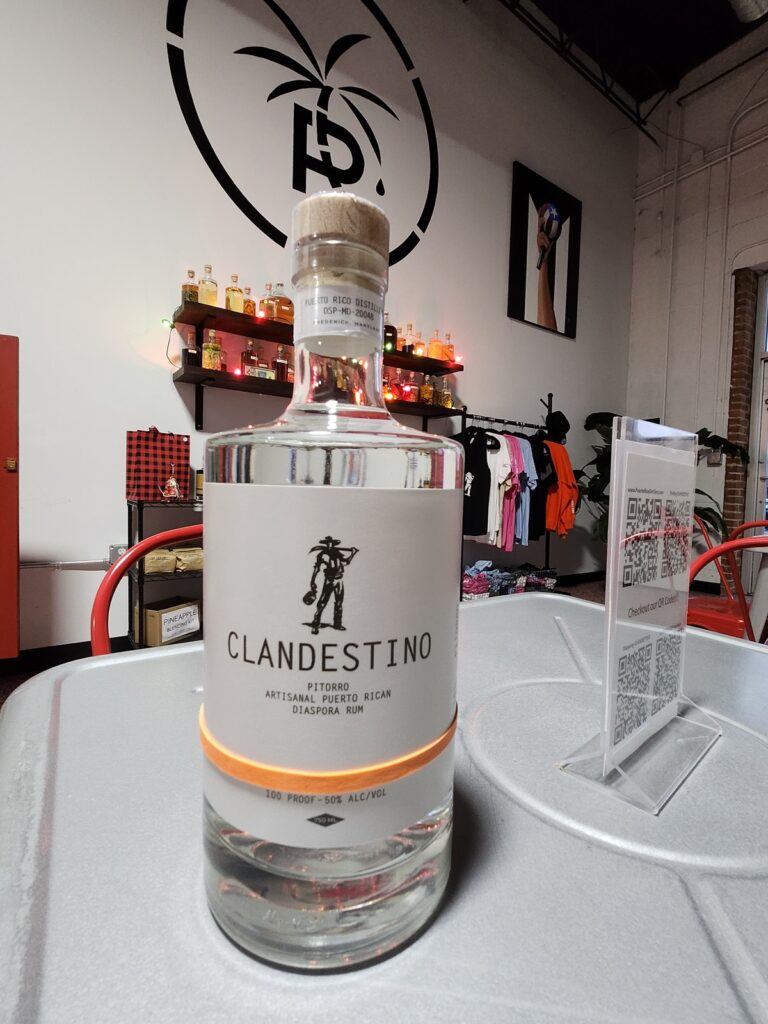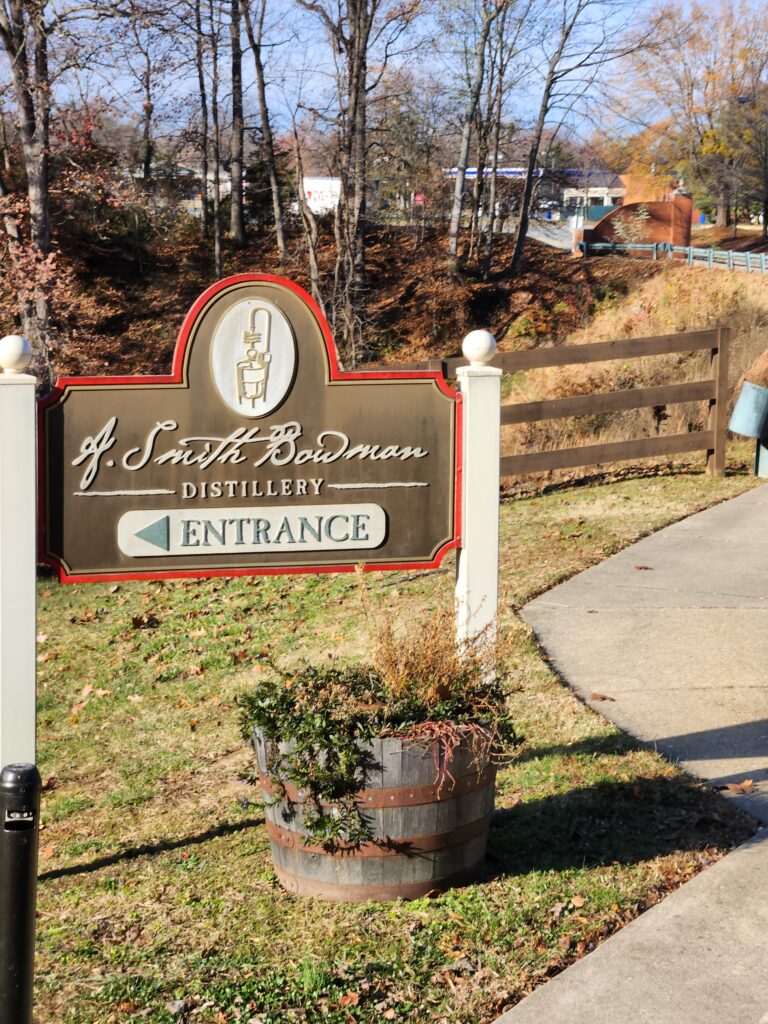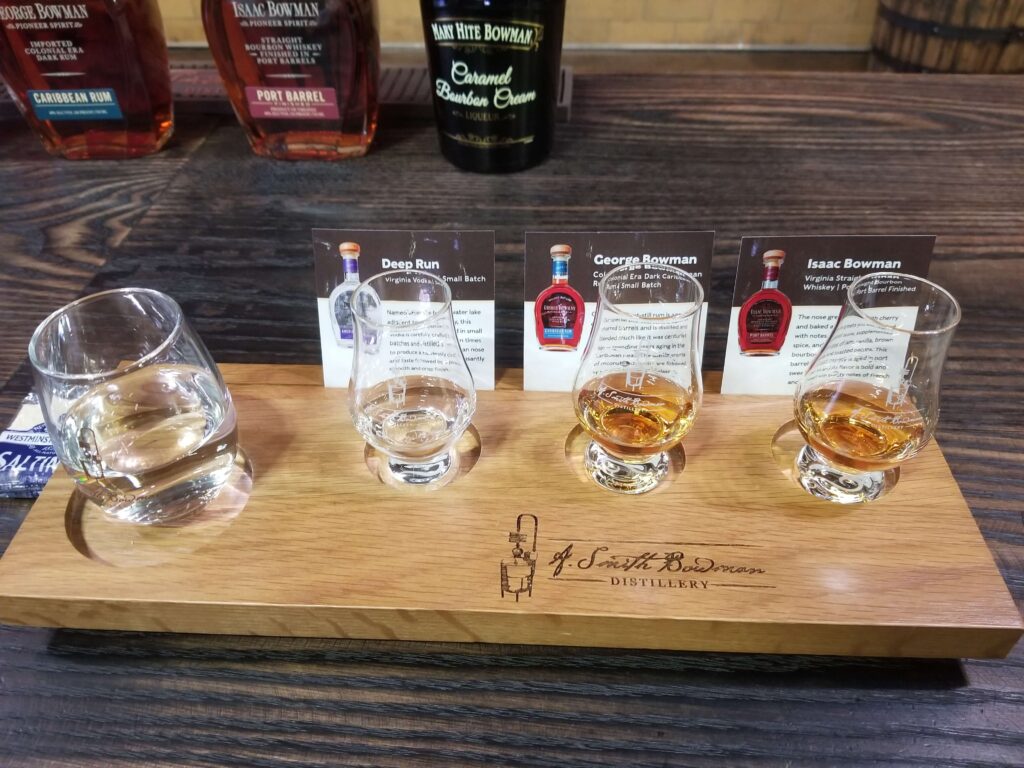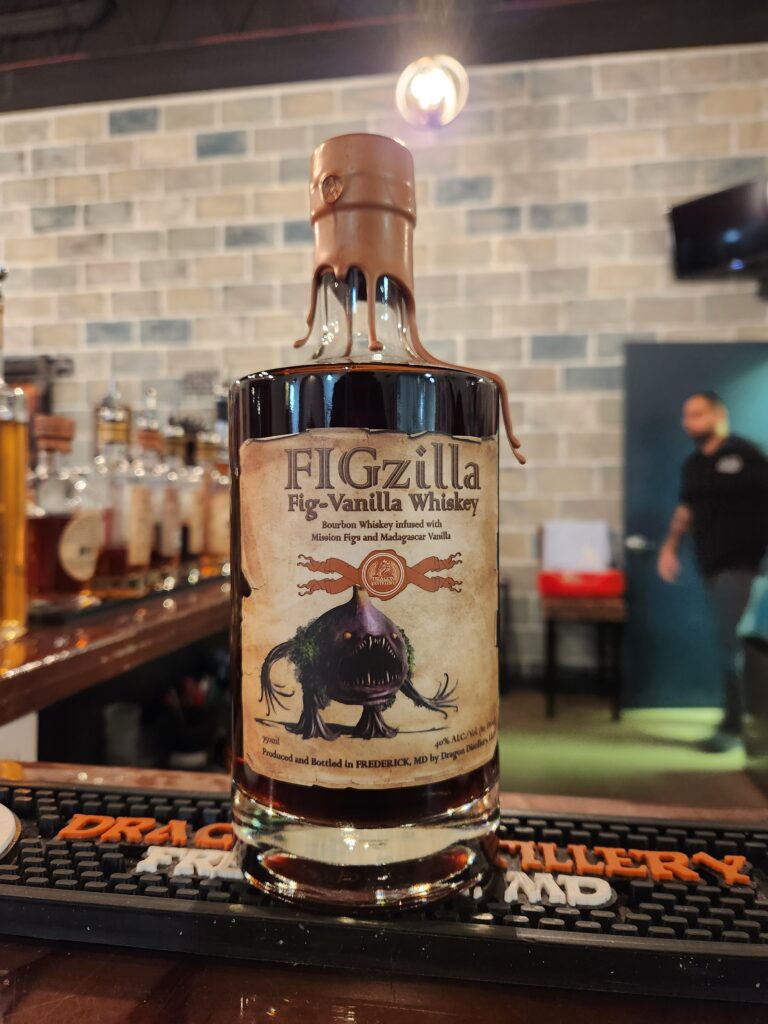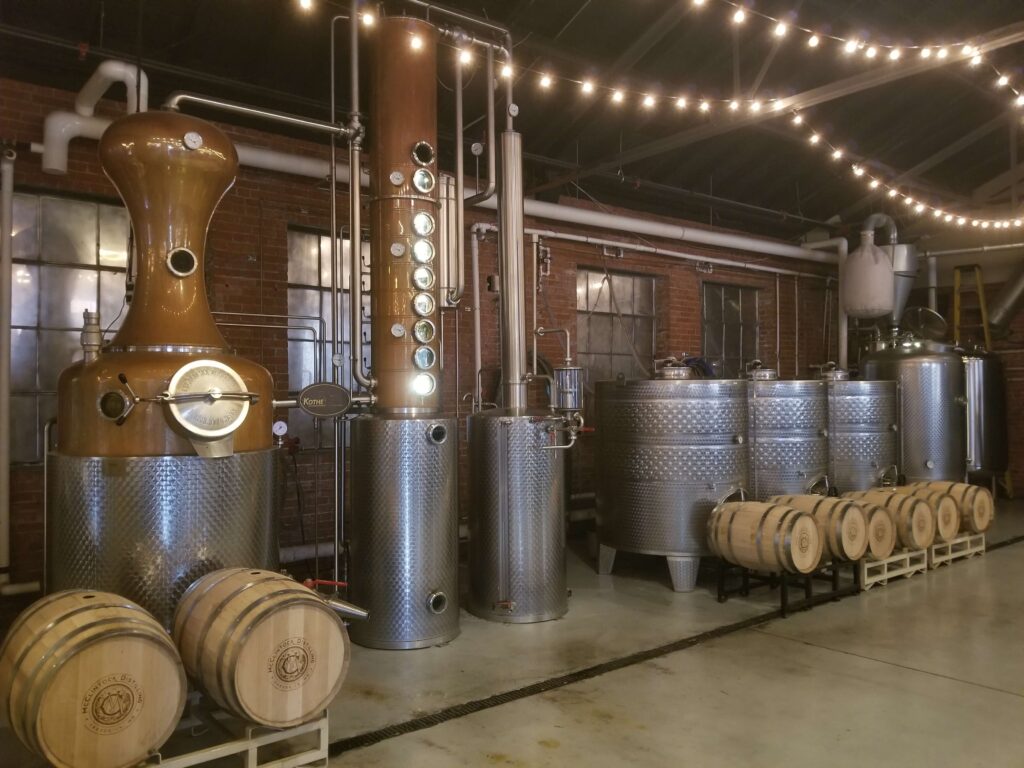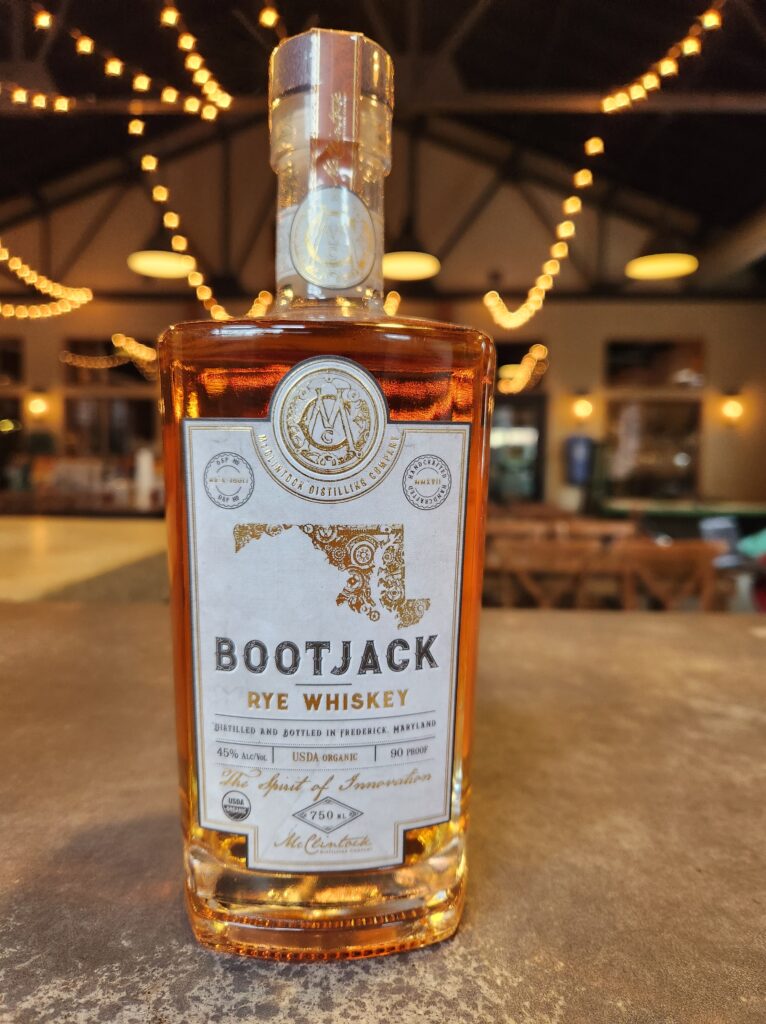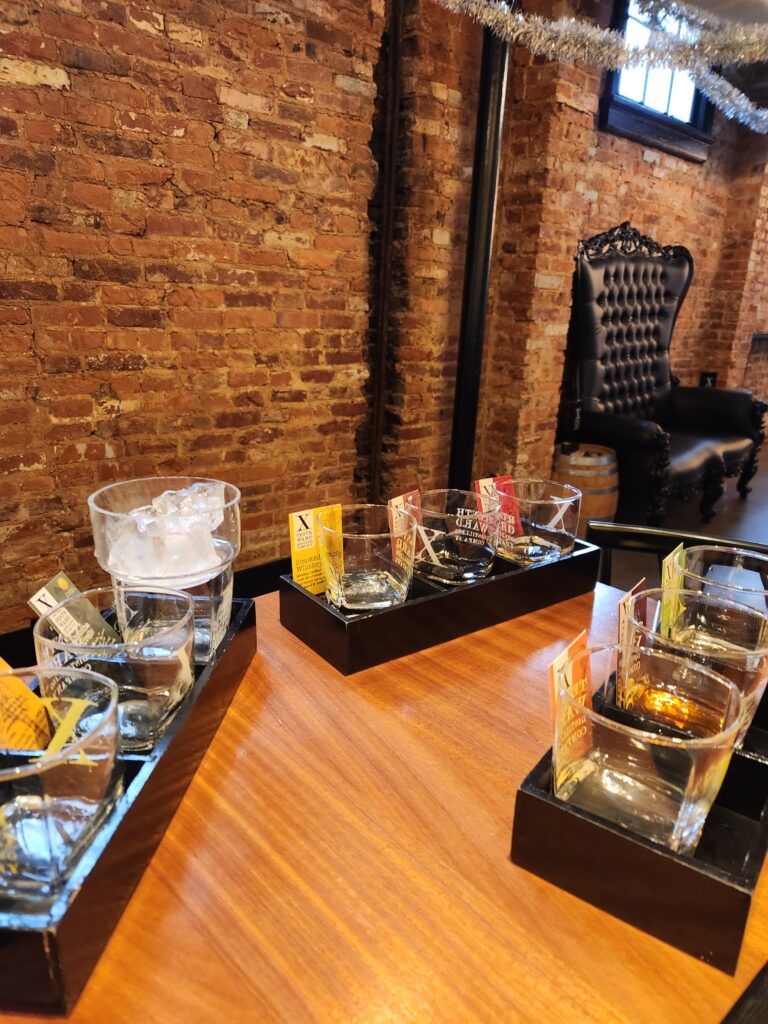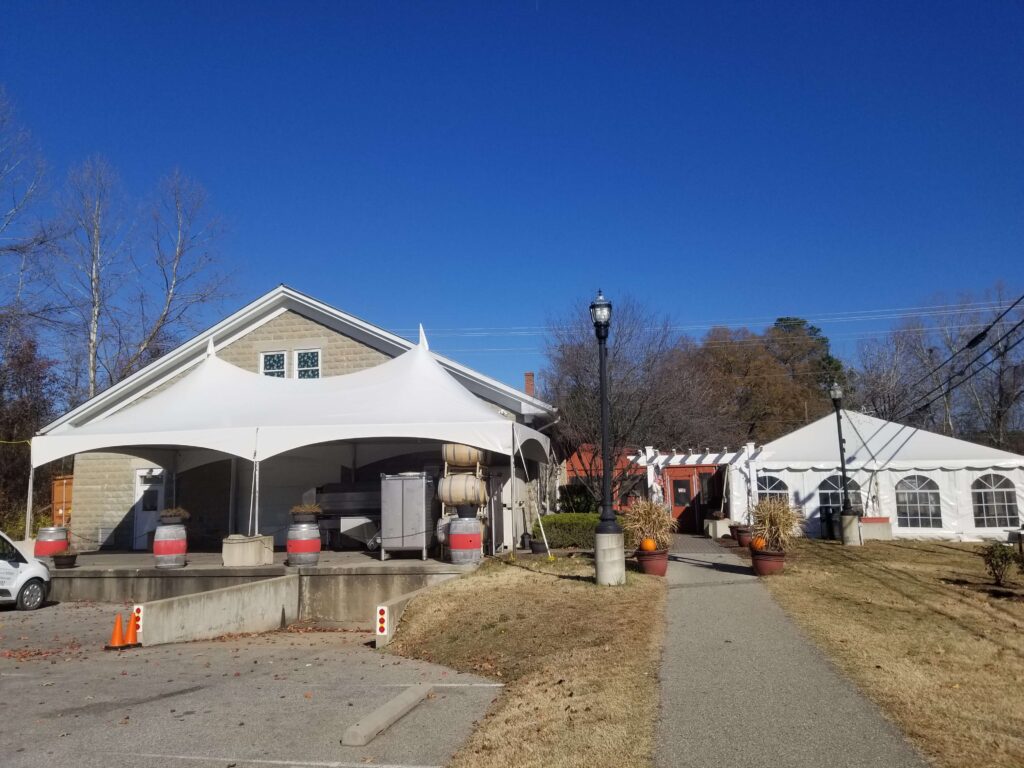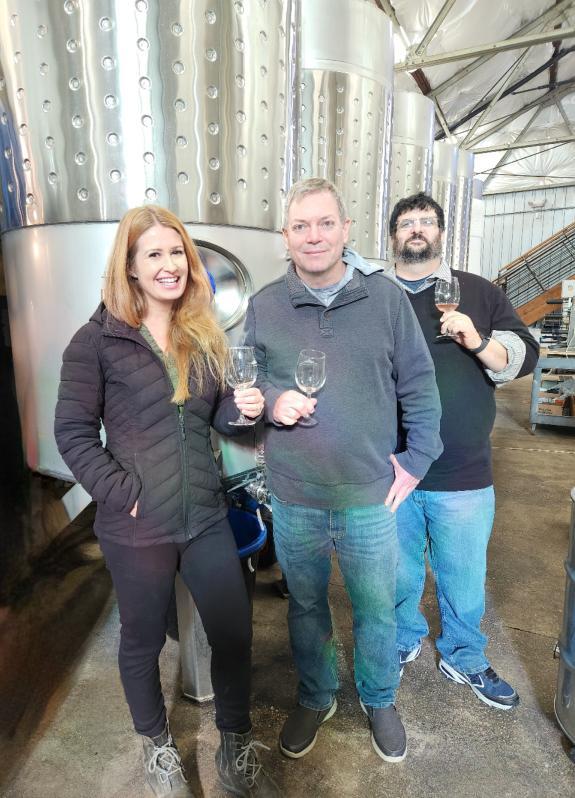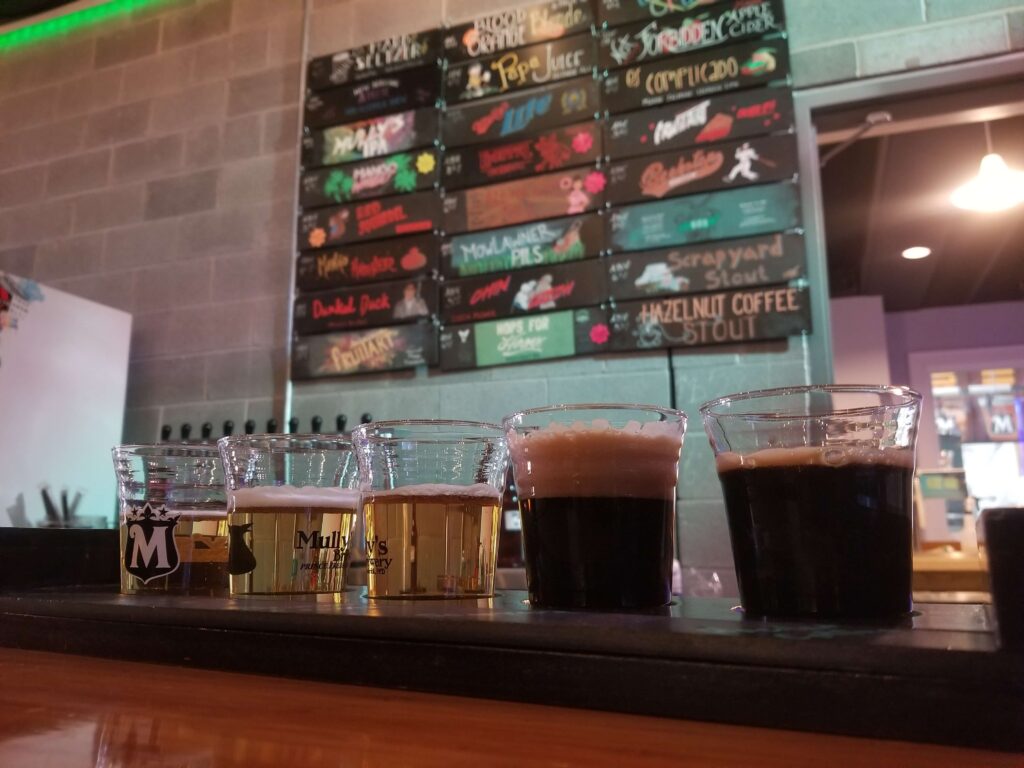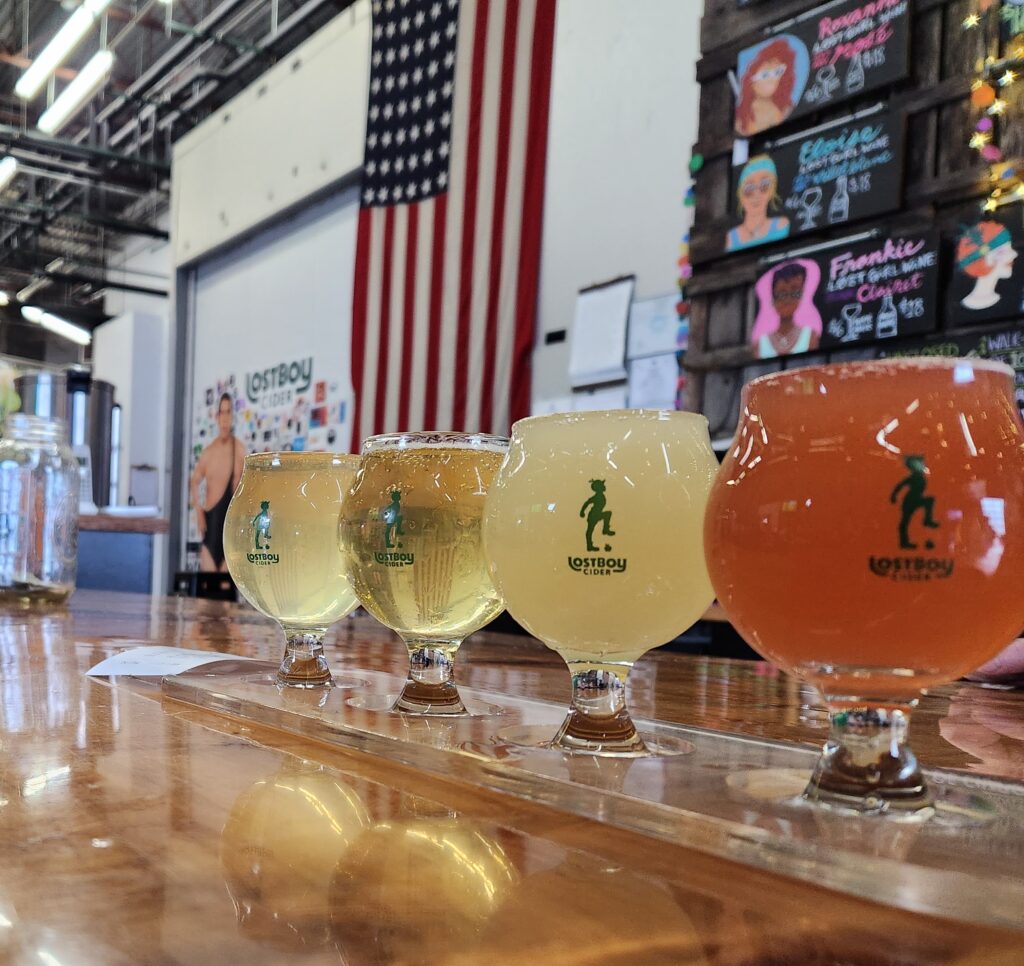 The Puglia Wine Region is a long, thin wine region in the far south-eastern corner of the "boot" of Italy. According to wine-searcher.com, "the hot Mediterranean climate, persistent sunshine, and occasional sea breezes make for a near-perfect environment for viticulture". For this reason, over the past 2.5 millennium olives and grapes have been cultivated in this area regardless of the Greek, Roman, Goth, Byzantine Greek, German Lombard, Muslim Saracen, Norman, Angevin, Aragonese King, Spanish, French Bourbon, and Neapolitan Republic stewardship.
The Puglia Wine Region is a long, thin wine region in the far south-eastern corner of the "boot" of Italy. According to wine-searcher.com, "the hot Mediterranean climate, persistent sunshine, and occasional sea breezes make for a near-perfect environment for viticulture". For this reason, over the past 2.5 millennium olives and grapes have been cultivated in this area regardless of the Greek, Roman, Goth, Byzantine Greek, German Lombard, Muslim Saracen, Norman, Angevin, Aragonese King, Spanish, French Bourbon, and Neapolitan Republic stewardship.In November 1995, Puglia vineyards were organized into the Puglia IGT (Indicazione Geografica Tipica), a region-wide appellation for the Puglia region: the easternmost region in Italy, a long, narrow peninsula, bordered by two seas, the Ionian and Adriatic, with the longest coastline in the Italian peninsula. This coastline is bordered by plains rising steadily up into low-lying mountains and is characterized by scrubby, sunbaked limestone soils, cooled down on summer evenings by fresh breezes from the Mediterranean.
 Puglia IGT regulations allow for 50 grape varieties with an even split between red and white wine grapes. Northern Puglia favors Italian classics such as Sangiovese and international varieties such as Chardonnay and Syrah. In contrast, southern Puglia favors the region's traditional varieties: Primitivo, Negroamaro, Susumaniello, and Uva di Troia (Nero di Troia) for reds and Falanghina, Fiano and Muscat for whites.
Puglia IGT regulations allow for 50 grape varieties with an even split between red and white wine grapes. Northern Puglia favors Italian classics such as Sangiovese and international varieties such as Chardonnay and Syrah. In contrast, southern Puglia favors the region's traditional varieties: Primitivo, Negroamaro, Susumaniello, and Uva di Troia (Nero di Troia) for reds and Falanghina, Fiano and Muscat for whites.These wines were on display at a recent Slow Wine tour of the United States. This is an organization with branches in the U.S. and Italy which "support and promote small-scale .. winemakers who are using traditional techniques, working with respect for the environment and terroir, and safeguarding the incredible biodiversity of grape varieties that are part of our heritage". During their stop in Washington D.C., I was able to sample wines from four Puglia members that demonstrated the richness and depth from this area.
Amastuola Winery This establishment is located on the western side of south Puglia, close to Taranto and the Ionian sea. By design, the 100 hectare estate "brings together the two concepts of functionality and aesthetics. The rows of vines were planted on the basis of the design conceived by the great landscape designer Fernando Caruncho. The vine spaliers draw harmonious parallel waves that follow each other for about 3 km. The were also defined by their author himself 'waves of time that have been crossing this place since times immemorial'.
This establishment is located on the western side of south Puglia, close to Taranto and the Ionian sea. By design, the 100 hectare estate "brings together the two concepts of functionality and aesthetics. The rows of vines were planted on the basis of the design conceived by the great landscape designer Fernando Caruncho. The vine spaliers draw harmonious parallel waves that follow each other for about 3 km. The were also defined by their author himself 'waves of time that have been crossing this place since times immemorial'. In addition, 1,500 centuries-old olive trees have been rearranged in the 24 islands organically positioned throughout the entire surface of the vineyard as well as along the historic allays of the Farm. The olive trees used are the result of a historical-monumental recovery work. The CNR (National Research Council) of Perugia dated and filed a record of all the olive trees, some of which are 800 years old and have a diameter that exceeds 2.5 metres. The combination of olive trees and vines has created a harmonious visual contrast that brings alongside the silver green of the vines with the intense green of the olive trees".
In addition, 1,500 centuries-old olive trees have been rearranged in the 24 islands organically positioned throughout the entire surface of the vineyard as well as along the historic allays of the Farm. The olive trees used are the result of a historical-monumental recovery work. The CNR (National Research Council) of Perugia dated and filed a record of all the olive trees, some of which are 800 years old and have a diameter that exceeds 2.5 metres. The combination of olive trees and vines has created a harmonious visual contrast that brings alongside the silver green of the vines with the intense green of the olive trees".From this estate they produce over a dozen organic wines with several available at the event. Primitivo is their flagship grape and is expressed through their Centosassi, Lamarossa, and Primitivo labels. The Lamarossa may have been my favorite as its shared concentrated ripe fruit and silky tannins with the other labels, but had a more earthy quality. They also poured a bolder more tannic and spicier Aglianico as well as a delicious Negroamaro. Please seek Puglia wine made from this grape.
Cantina Sampietrana This winery was formed in 1952 as a cooperative by 68 vine-growers and is located on the Adriatic coast within the Brindisi and Salice Salentino DOCs, both designations dedicated primarily to the production of Negroamaro wines. The region is also both hot and dry and enjoys 300 sunny days each year with summer afternoon temperatures regularly surpassing 104 Fahrenheit. As a result, the grapes which grow here develop high levels of sugar which leads to a high percentage of alcohol in the wine. Besides Negroamaro, the winery vinifies Primitivo, Susumaniello, Malvasia, Aglianico, Montepulciano, Merlot, Syrah, Chardonnay, Fiano and Verdeca.
This winery was formed in 1952 as a cooperative by 68 vine-growers and is located on the Adriatic coast within the Brindisi and Salice Salentino DOCs, both designations dedicated primarily to the production of Negroamaro wines. The region is also both hot and dry and enjoys 300 sunny days each year with summer afternoon temperatures regularly surpassing 104 Fahrenheit. As a result, the grapes which grow here develop high levels of sugar which leads to a high percentage of alcohol in the wine. Besides Negroamaro, the winery vinifies Primitivo, Susumaniello, Malvasia, Aglianico, Montepulciano, Merlot, Syrah, Chardonnay, Fiano and Verdeca. Negroamaro is a main player and "owes its name to its main characteristics: the almost black color of its wines and a bitter aftertaste. It has medium-sized bunches of conical shape, with tight density, of short size and without wings. The berries are large, very pruinose and with thick black skins with violet veins. Oval in shape, the berries are very leathery. Productivity is very high and must be limited with drastic pruning and suitable breeding systems, little expanded". It's beauty is shown in the Since 1952 Brindisi D.O.P. Reserva -- a blend of Negroamaro 80% and Montepulciano 20%. This is simply a luscious wine. Negroamaro is also featured in the Settebraccia Salento I.G.P. Rosso, along with Susumaniello, that is fresher and very satisfying.
Negroamaro is a main player and "owes its name to its main characteristics: the almost black color of its wines and a bitter aftertaste. It has medium-sized bunches of conical shape, with tight density, of short size and without wings. The berries are large, very pruinose and with thick black skins with violet veins. Oval in shape, the berries are very leathery. Productivity is very high and must be limited with drastic pruning and suitable breeding systems, little expanded". It's beauty is shown in the Since 1952 Brindisi D.O.P. Reserva -- a blend of Negroamaro 80% and Montepulciano 20%. This is simply a luscious wine. Negroamaro is also featured in the Settebraccia Salento I.G.P. Rosso, along with Susumaniello, that is fresher and very satisfying. Primitivo was also on display in three offerings, the Tre Filari Salento I.G.P. Rosso, Centoare Primitivo, and Stillarosea Salento I.G.P. Rosato. Like with the Amastuola Winery, these wine show concentrated ripe fruit and silky - easy tannins.
Finally, the Verdeca Salento I.G.P. Vino Biblioteca is a refreshing saline driven wine with citrus and juicy acidity. This autochthonous and late ripening grape is now found almost exclusively in the Taranto and Bari provinces and is most known for its high acidity.
Sacco Vignaiolo Apuli This winery is located in Torremaggiore in northern Puglia and whose underlying philosophy is Terra Mij or "My Land". This implies a deep respect for the territory and tradition first displayed by founder Vincenzo Sacco and now by his two sons Matteo and Alessandro. They maintain this respect by focusing on Nero di Troia - the indigenous grape of northern Apulia. This grape is more commonly referred to as Uva di Troia and is believed to have arrived in Puglia with Greek colonists in ancient times. "According to the legend, in fact, the Greek hero Diomede, once the Troia War (Trojan War) ended, sailed to the Adriatic Sea until he reached the Ofanto river and there, after he found the perfect place, he anchored his boat. Diomede brought with him some grapevines that, upon the banks of the Ofanto river, gave birth to the Nero di Troia grape. It takes its name both from its polyphenolic properties, which gives it a deep ruby red color that sometimes may seem 'black', and from its historical origins."
This winery is located in Torremaggiore in northern Puglia and whose underlying philosophy is Terra Mij or "My Land". This implies a deep respect for the territory and tradition first displayed by founder Vincenzo Sacco and now by his two sons Matteo and Alessandro. They maintain this respect by focusing on Nero di Troia - the indigenous grape of northern Apulia. This grape is more commonly referred to as Uva di Troia and is believed to have arrived in Puglia with Greek colonists in ancient times. "According to the legend, in fact, the Greek hero Diomede, once the Troia War (Trojan War) ended, sailed to the Adriatic Sea until he reached the Ofanto river and there, after he found the perfect place, he anchored his boat. Diomede brought with him some grapevines that, upon the banks of the Ofanto river, gave birth to the Nero di Troia grape. It takes its name both from its polyphenolic properties, which gives it a deep ruby red color that sometimes may seem 'black', and from its historical origins."During this tasting they offered three expression from this grape. The Magis Nero di Troia is the premium offering - made from hand harvested grapes grown on very steep slopes. This wine has tremendous structure with balanced freshness. the Terra Mij Nero di Troia is even fresher with hints of spice - a very solid wine. Finally, they produce a rosè in the Unanotte Nero di Troia Rosè where the wine's pink color is extracted over one night (Unanotte). This is a lovely wine -- bright fruit and slight minerality.
On the white side, the Aleis Organic Falanghina stands out as a single vineyard source with fresh citrus and mineral characters. And the Terra Mij Organic Bombino White is an introduction to a new grape variety -- its obscureness probably explains adding White to the label. It's a blend with 30% Malvasia - aromatic with ripe fruit, minerality, and fresh acidity. Bombino Bianco is most likely from Spanish origin but has found a home in northern Puglia, Abruzzo, Lazio and Emilia-Romagna.
Conti Zecca The Zecca family has been farming estates in central Salento since 1580 when Francesco Antonio Zecca moved to Leverano. In 1884, Pope Leone LEO XIII bestowed the title of Count upon Giuseppe Zecca because of the family's role in developing the region. In the early 20th century the first bottles were produced and in the post War era, the cellar was modernized leading to the first Conti Zecca wine label: Donna Marzia. In modern times, they operate four estates all closer to the Ionian coast that cover 320 hectares of vines. They focus on Negroamaro, Primitivo, and both Malvasia Nera and Bianca. The Nero IGP Salento Rosso is a dark rubied blend of Negroamaro and Cabernet Sauvignon which starts with a complex aroma of fruit and spice that leads to a structured wine with soft but firm tannins and a deep fruit profile. I just want to chew on this wine on a cool night on the deck.
The Zecca family has been farming estates in central Salento since 1580 when Francesco Antonio Zecca moved to Leverano. In 1884, Pope Leone LEO XIII bestowed the title of Count upon Giuseppe Zecca because of the family's role in developing the region. In the early 20th century the first bottles were produced and in the post War era, the cellar was modernized leading to the first Conti Zecca wine label: Donna Marzia. In modern times, they operate four estates all closer to the Ionian coast that cover 320 hectares of vines. They focus on Negroamaro, Primitivo, and both Malvasia Nera and Bianca. The Nero IGP Salento Rosso is a dark rubied blend of Negroamaro and Cabernet Sauvignon which starts with a complex aroma of fruit and spice that leads to a structured wine with soft but firm tannins and a deep fruit profile. I just want to chew on this wine on a cool night on the deck.
























